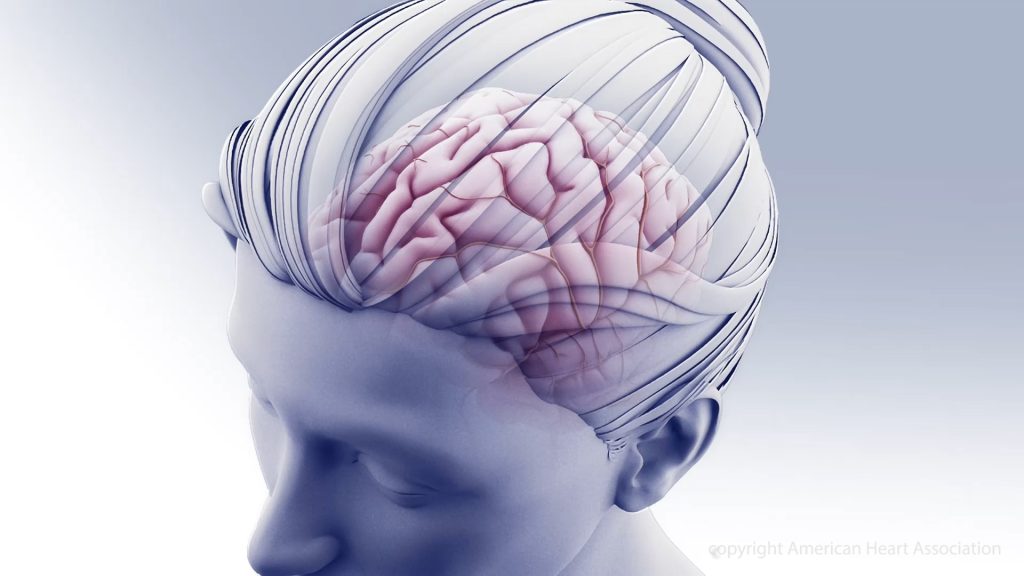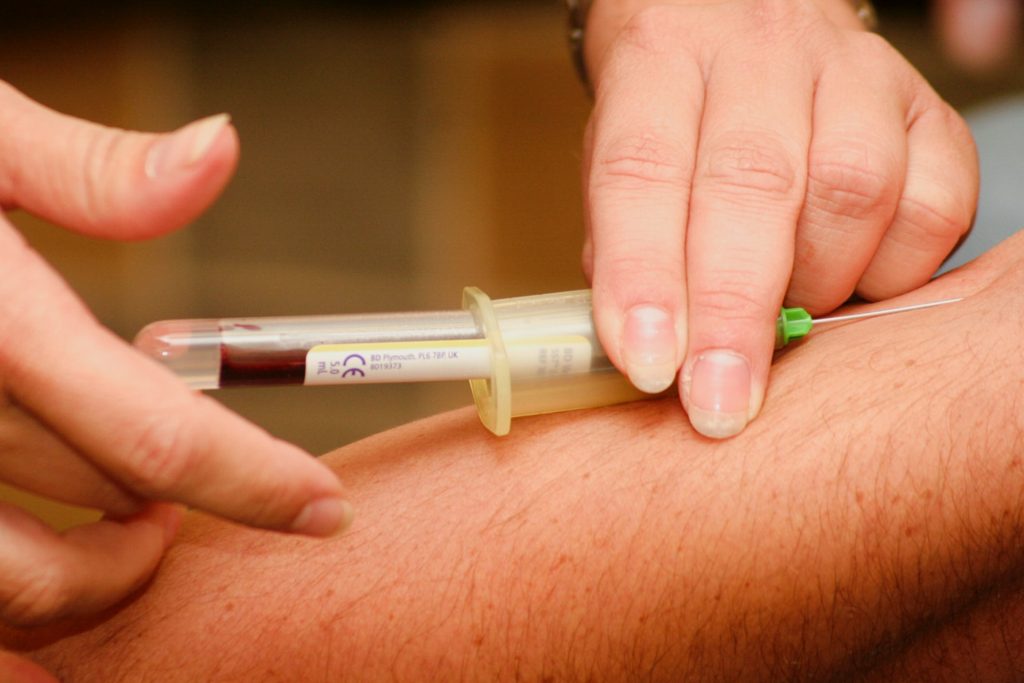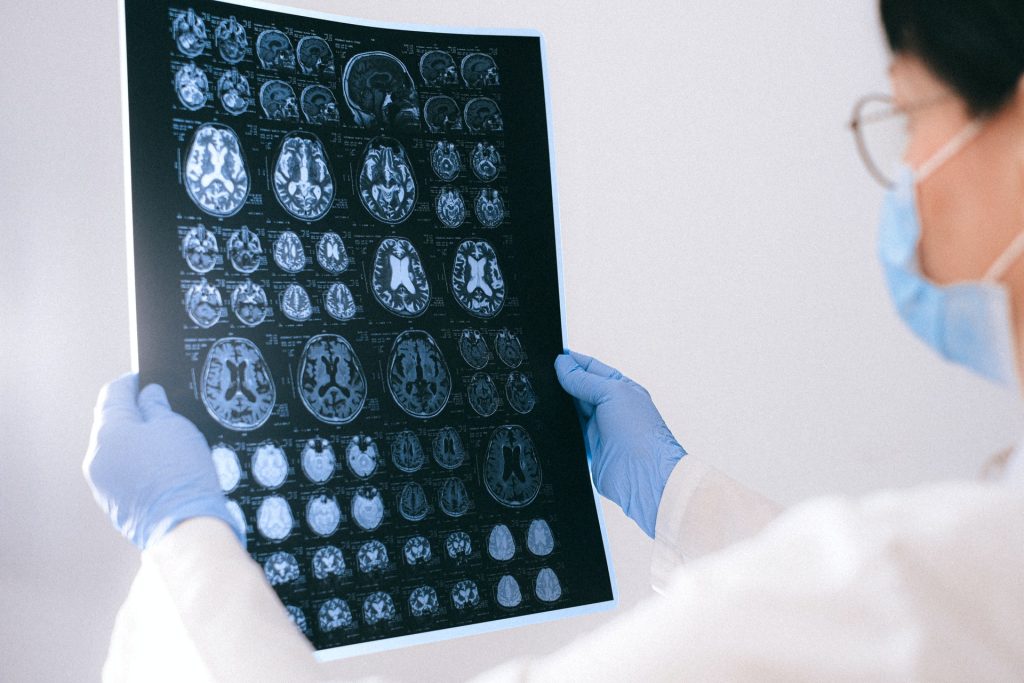IBD Patients Have an Increased risk of Ischaemic Stroke

In a nationwide Swedish study of more than 85 000 patients with biopsy-confirmed inflammatory bowel disease (IBD), researchers saw an increased risk of stroke, especially ischaemic stroke, compared to the general population. The results are published in Neurology.
IBD is a chronic intestinal disease with a relapsing-remitting manner, including Crohn’s disease (CD), ulcerative colitis (UC), and IBD-unclassified. Prior studies have suggested that IBD patients have a greater risk of thromboembolic events, but evidence for long-term risk of stroke remains scarce. A recent postmarketing safety study on tofacitinib, a new drug approved for IBD treatment, found an increased stroke risk.
The researchers, from Karolinska Institutet and Örebro University (Sweden), conducted a cohort study by linking a nationwide histopathology cohort (the ESPRESSO study) to national healthcare registers in Sweden to explore whether patients with a biopsy-confirmed IBD had an increased long-term risk of stroke compared to their IBD-free siblings or the general population.
During an average follow-up of 12 years, 3720 of IBD sufferers had a stroke (32.6/10 000 person years), compared with 15 599 of the IBD-free people (27.7/10 000 person-years). When accounting for other factors, such as heart disease, hypertension and obesity, they found that people with IBD were 13% more likely to have a stroke than those without IBD. The risk stayed elevated even 25 years after IBD diagnosis, equating to one additional stroke case per 93 IBD patients. The excess risk was mainly driven by ischaemic stroke rather than haemorrhagic stroke.
The risk for ischaemic stroke was significantly increased across all IBD subtypes (ie, CD, UC, and IBD-U). Sibling comparison analyses confirmed the main findings, suggesting the excess risk of stroke may be independent of familial factors.
Clinical implications
“Due to the excess risk of stroke in IBD patients, screening and management of traditional stroke risk factors in IBD patients could be more urgent to prevent fatal CVD complications”, says first author Jiangwei Sun, postdoc at the Department of Medical Epidemiology and Biostatistics.
“These findings highlight the need for clinical vigilance about the long-term excess risk of cerebrovascular events in IBD patients”, adds last author Jonas F Ludvigsson, professor at Karolinska Institutet and pediatrician at Örebro University Hospital.
Source: Karolinska Institutet







